Where does a hardware startup start: Team and prototype
- Transfer

If they would give me one ruble every time I hear the phrase “how difficult and risky it is to develop electronics”, I would surely be lying on the beach now, drinking a cocktail, and not write this post.
The constant repetition of the phrase "today it is very difficult to develop electronics" has not brought any tangible benefits to anyone: whether it was assembling a prototype or finding a reliable contractor who would create a cool scalable product. This approach will not allow you to feel more confident when delivering your product to retail companies. Of course, attracting financing with such a philosophy does not work in the same way.
We will not be too carried away by moralizing, but rather consider the real data. Of course, they represent the averaged, generalized and approximate values obtained by me on the basis of my experience in the design, manufacture and sale of electronics over the past few years.
These data may not be completely accurate and depend more on a huge number of parameters: consider that these are approximate values rather than some strict rules. So let's go.
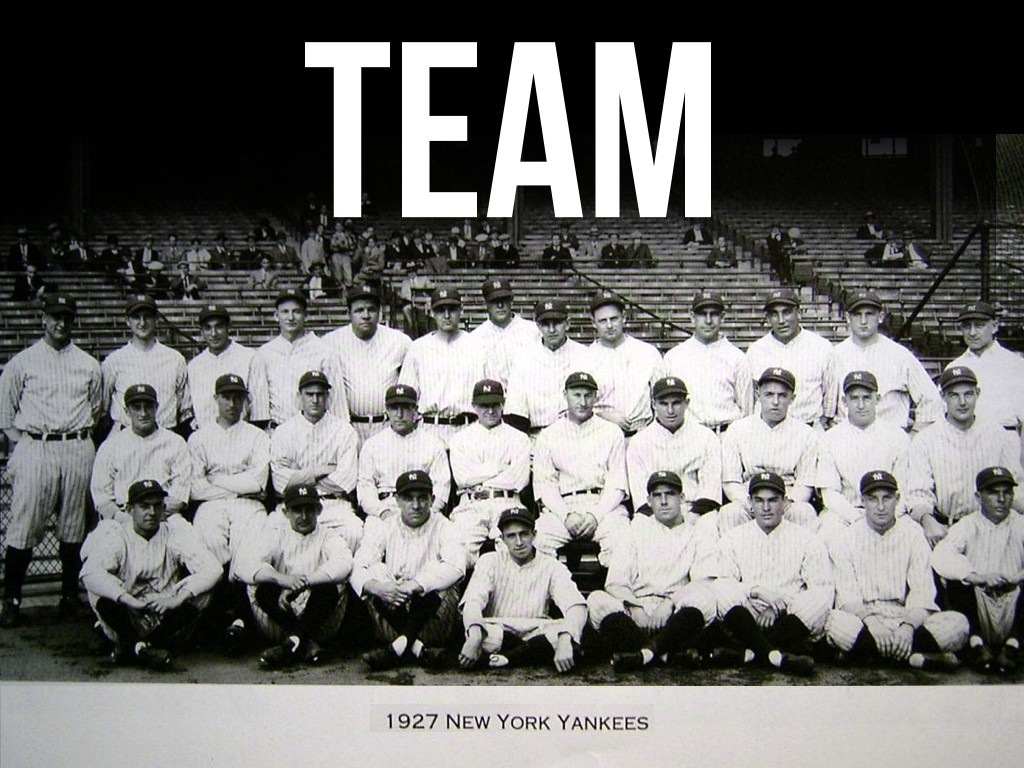
Team building
You may have heard this for the hundredth time, but it is still important, and it is worth mentioning again: the team that you will form is the most important thing you can do as a founder. This element is especially important in the development of electronics and IoT devices.
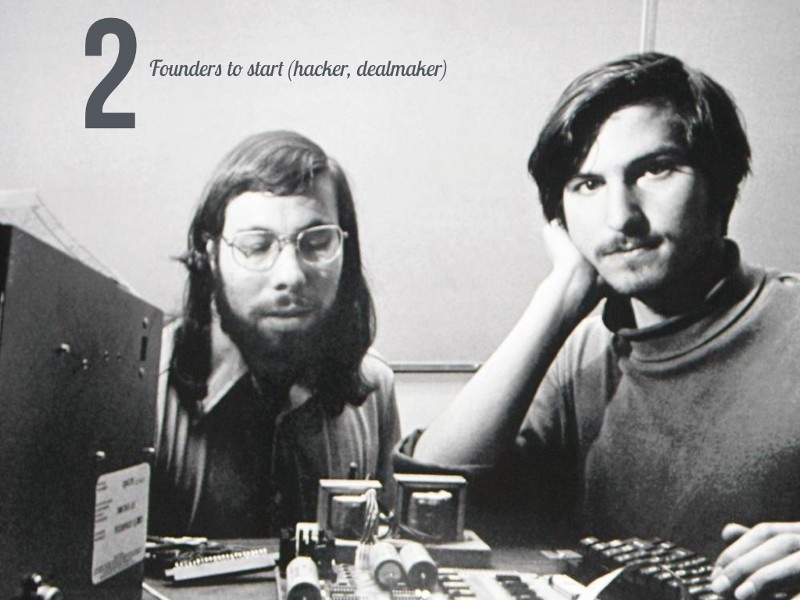
And immediately an example from Apple. We all know these people
Creating a company with one founder is very difficult. This is madness. Jobs, of course, was good, but Woz was just unique. Apple would never succeed if Jobs ran the company alone. The best option is a team of two founders that are not alike - the “programmer" and the "business enthusiast."
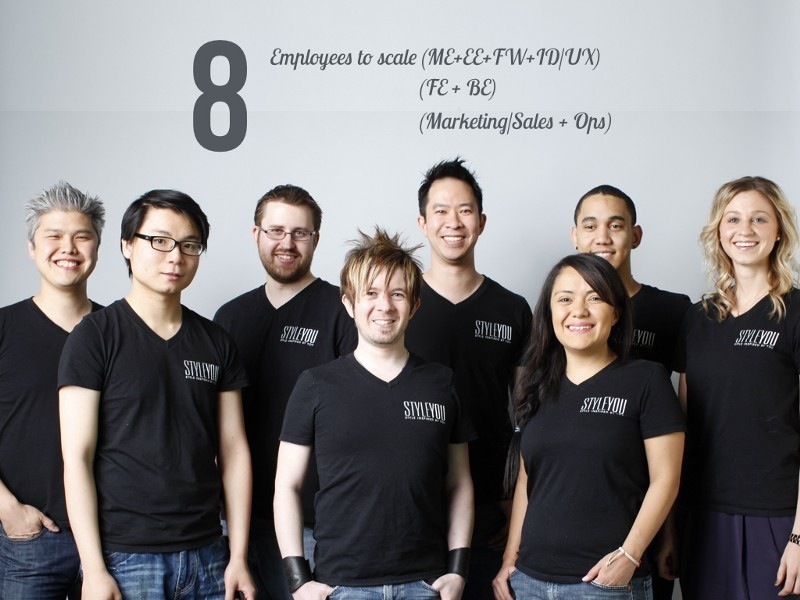
Scaling is a completely different story; it can be done only if a team of about eight people works on a consumer-oriented hardware product.
If you founded a company of two or more people, then this is great, but it will be practically impossible to bring a full-fledged product to the market if you are only two. We found that 8 is the approximate number of employees who can deliver the most primitive product personally to users.
As a rule, four of them are engaged in the development of hardware, two - in the development of software, and two more are involved in implementation / marketing / work with clients. Some companies conduct a more economical business and transfer part of the work to promote their product to outsiders.
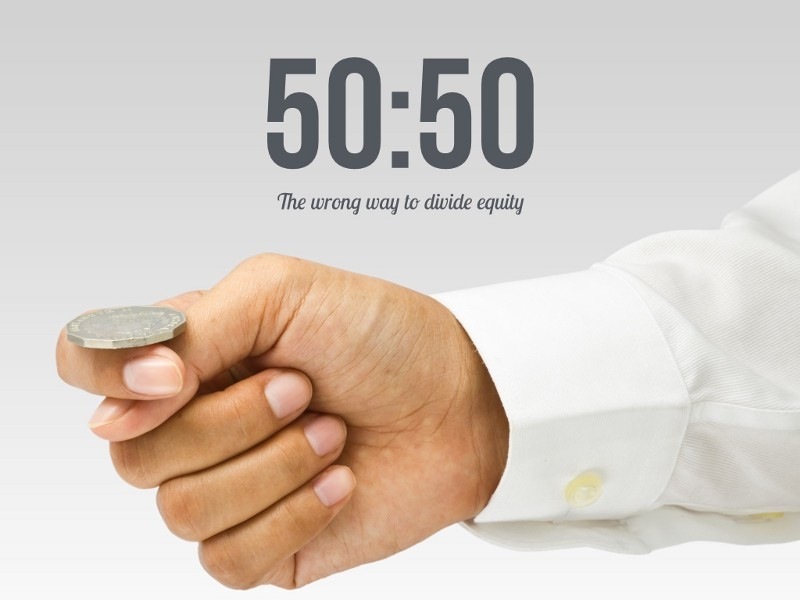
There is a lot of discussion about this, but it’s rare to meet truly equal founders.
Usually when the founders divide their company “equally”, it turns out that there is no equality in their relationship. Sometimes this decision may be fair, but often the division of the company evenly indicates that the founders have not yet had a really serious conversation on this subject.
As a rule, one of the founders has something more valuable for the company, and the division of shares in the company should reflect this. If you think that it would be better to divide the shares between the founders with respect to 50:50 (or 33:33:33 or something else), then be prepared to explain why you decided to do this.
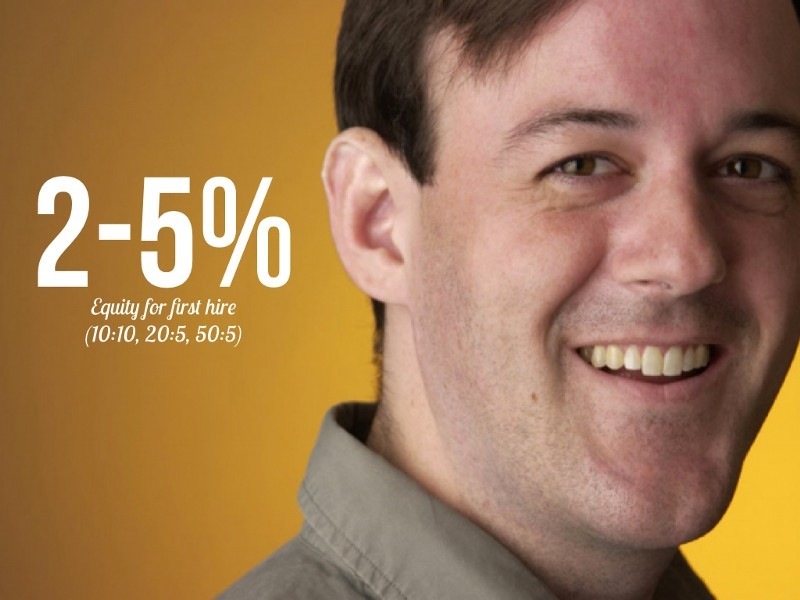
Craig Silverstein became the first employee at Google. For a long time he was the basis of the whole team
When you need to hire a first employee, be prepared to part with 2–5% of your company in order to get this employee in your team.
After that, the following distribution of company shares may be fair, but somewhat costly: 10% of the company to the next 10 employees, 5% to the next 20 employees and another 5% to the next 50 employees. So you will assemble a team of the first 80 employees who will be aimed at the continued growth of the company.
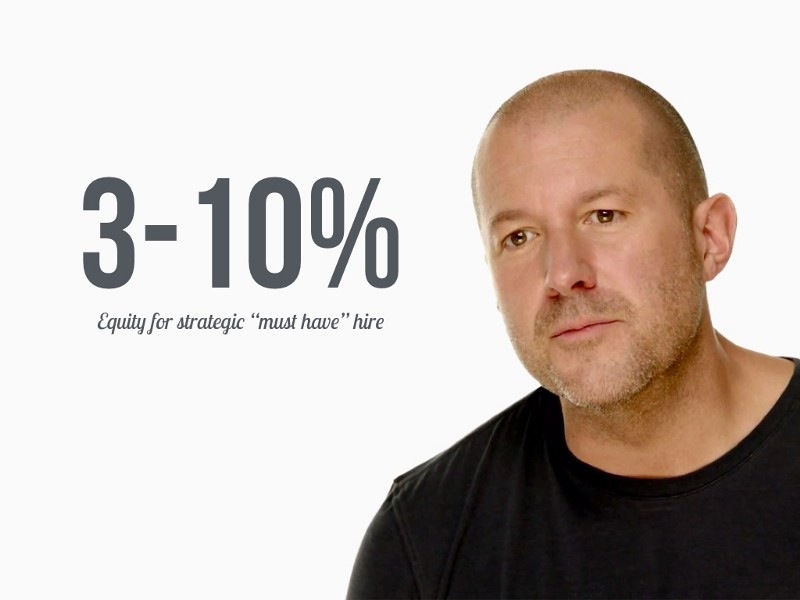
Without a doubt, Joni Ive became the employee who was “needed” by Apple.
Sometimes a special employee appears that you simply cannot do without (as is the case with Joni Ive from Apple). It is precisely such “necessary” companies that employees can make of a good team of real “stars”.
To give them a large share of your company (from 3 to 10%) is quite normal.
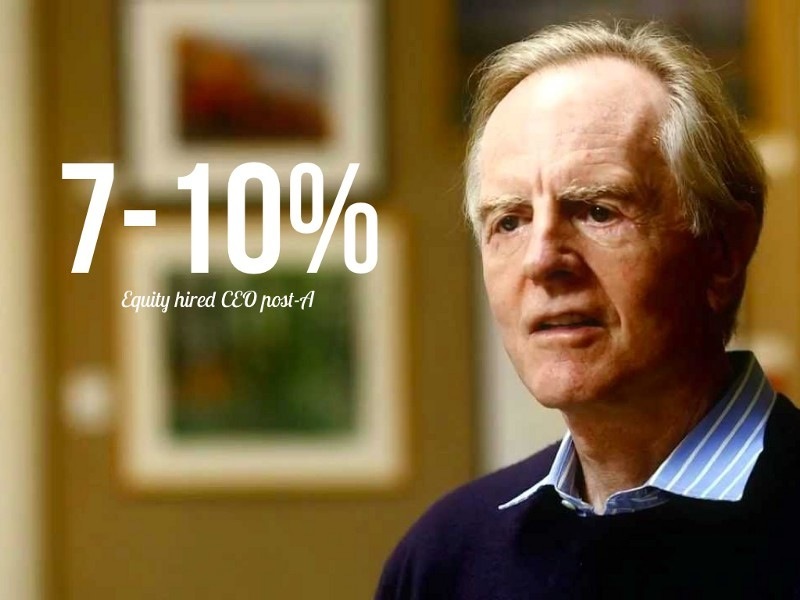
I don’t know if this decision was right or not, but John Scully got a decent share of Apple when he joined the company in 1983.
Remember that the hired CEO (CEO) most often retains 7-10% of the company after the first round of financing. If your company really needs a CEO, then get ready to allocate a considerable share of the company's shares to it.
Obviously, few founders are ready for such a decision. Discuss this issue with your investors before signing documents.

This is the best picture I found for "vesting" vesting also translates as “fabric for vest” - approx. perev.]
Young founders sometimes make serious mistakes in setting the timing of the vesting [eng. vesting - obtaining rights to shares] for its employees. Vesting is beneficial for everyone: the founders, consultants, and employees.
Four-year vesting with a cliff is considered standard for employees and founders. cliff - the period after which the employee receives the accumulated amount of shares] in one year.
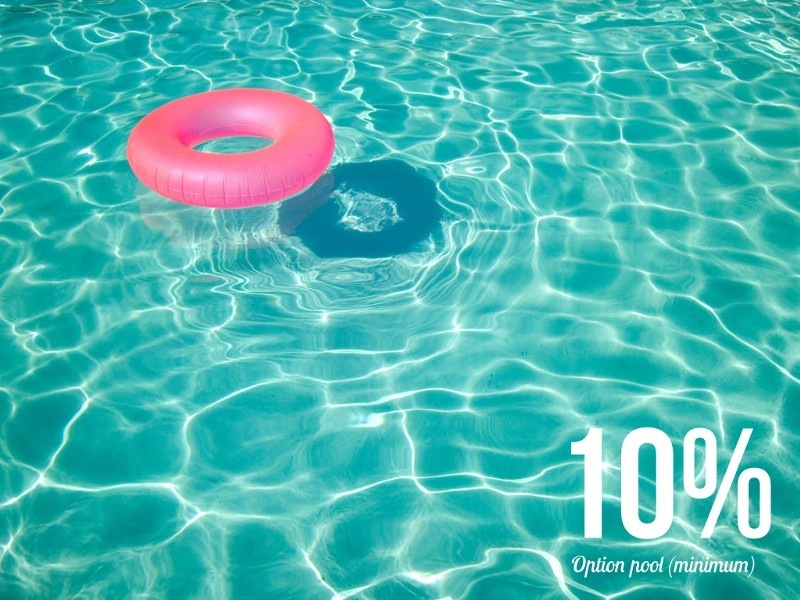
Option pools are as useful as swimming pools. pool - pool]
She is also a classic mistake for beginners: they forget to create a pool of options for new employees before receiving funding. This mistake is not as terrible as the previous one, but you must not forget about it either.
There are two reasons for this:
- Creating an options pool for a minimum of 10% of the company’s shares helps to manage the process of hiring new employees and does not require additional conversion of shares.
- More importantly, for investors it is a sign that you know what you are doing and are ready to expand the company.
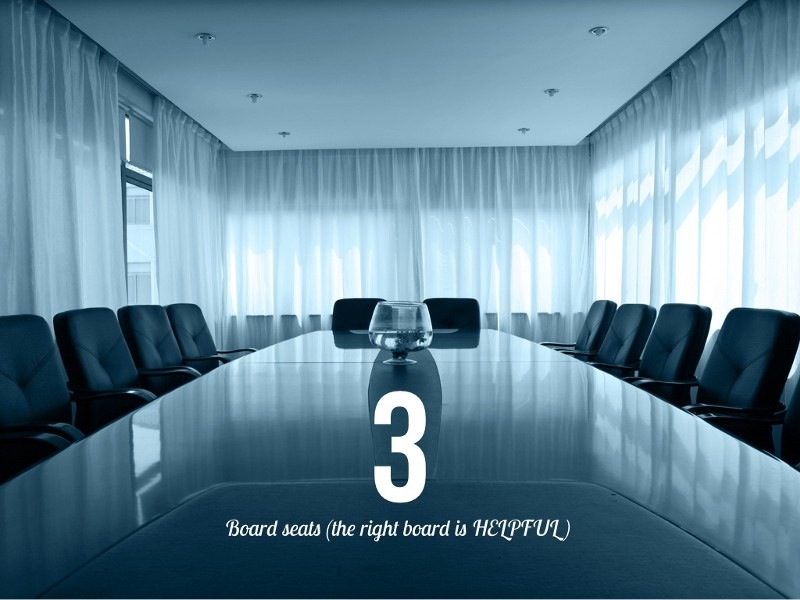
A small company with an endless list of tasks may need the help of a board of directors of several people.
There are many stories of founders who were dismissed by "a large and influential management team consisting of investors." Almost always, this is not so or not quite so. A board of directors consisting of three or five members and at least one person from the outside (who is neither an investor nor an employee) will provide you invaluable assistance in managing your time and organization if you are on the post of CEO.
Even simple meetings with mentors, which are held once a month, will help management to keep abreast of all matters, maintain coherence and coordination in their work. Keep a close eye on who you include on the board of directors.
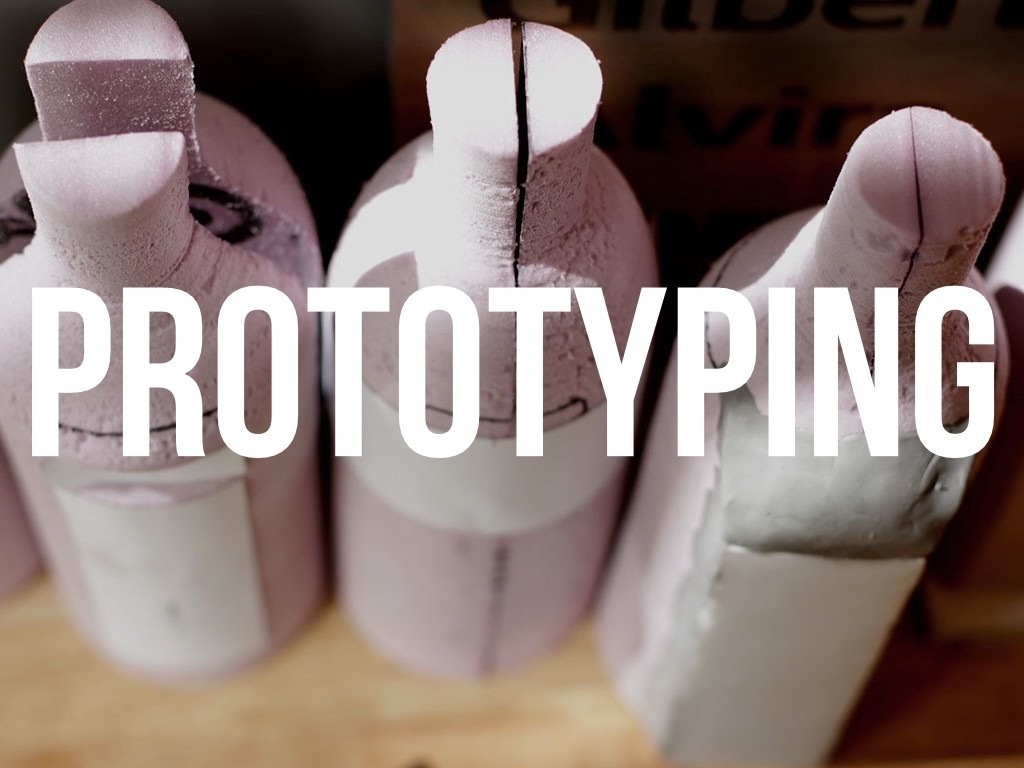
Prototype creation
The only way to build a good hardware company is to develop products that bring joy to users. Unlike software development, prototyping a hardware product often takes a lot of time.
Knowing how to create a prototype, and what it should be, you can develop a better product for less time and money.
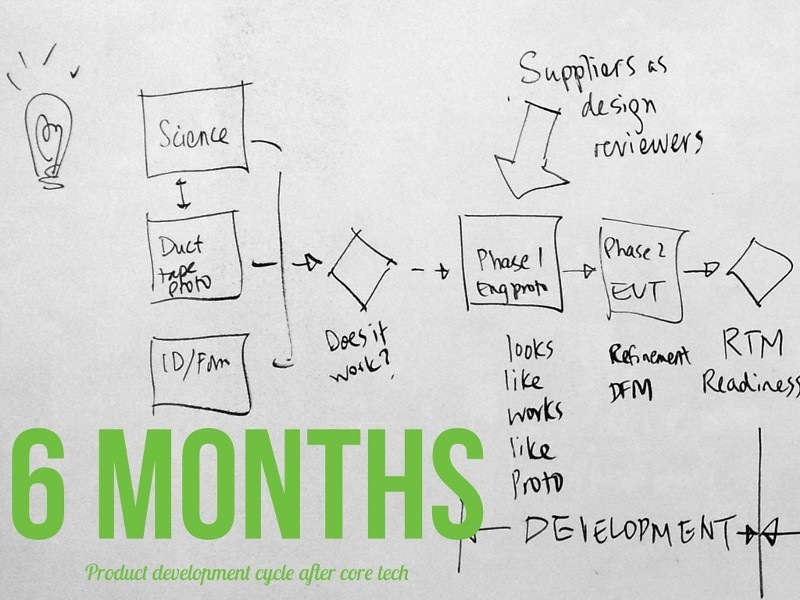
If a new team creates its first product, then it even takes at least six months to develop simple solutions.
While the course of the process can vary greatly depending on the product, market and team composition, only one thing remains the same: you will need six months to development of the foundation: from the idea to the finished working prototype.
Of all 25 products that I worked on, not one was ready for production earlier than six months later.
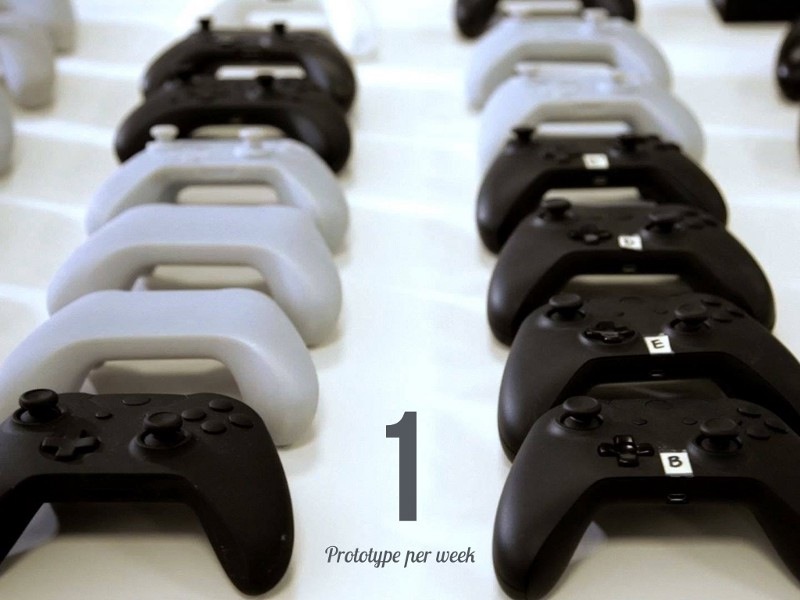
Do not limit yourself to one prototype. This may seem irrational in the short term, but in the development process there is a huge interest in the product on the part of customers.
Create, create and create again. Small teams can develop rapidly and learn even faster, constantly creating something new.
I usually suggest creating at least one model per week. This will not necessarily be a full-fledged prototype: you can test a new function or a primitive model.
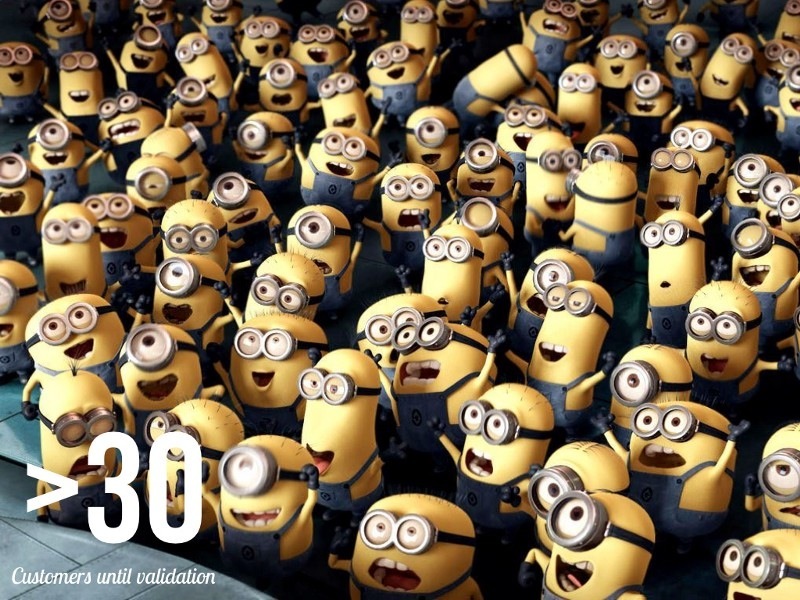
Be careful when dealing with a large number of customers. Usually 30 is considered the optimal number to strive for
Nevertheless, the mountain of prototypes lying on the counter will not bring any benefit: you need to show them to other people in order to find out their opinion on the shape, functionality, size, structure, weight and ease of use of the product.
I found that establishing close contact with at least 30 potential buyers helps get statistically significant feedback. Remember that developing your customer relationships requires a certain amount of time and patience on your part.
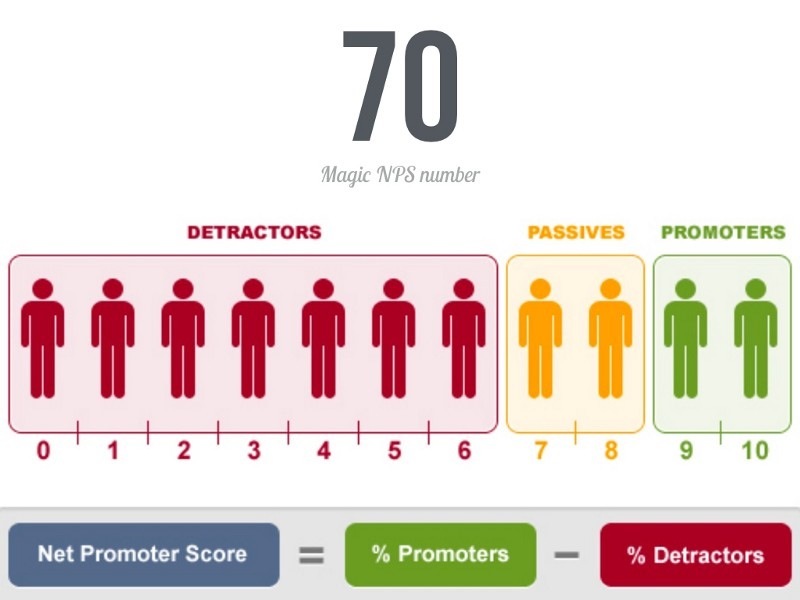
Many startups consider NPS to be the main indicator that should be guided by.
The consumer loyalty index, better known as NPS, is a method of assessing the opinions of customers about the prototypes you create. How likely are you to recommend this product to your friend?
A simple question that will help predict consumer behavior and understand how a product meets market needs. A product with an NPS of 70 is considered very high quality.

Be careful when involving a contractor in product design development.
Many young companies usually do not have talented design specialists, in particular, electronics design. Very often, founders try to transfer tasks related to the design and prototyping of their product to third-party companies.
Well-known companies such as IDEO, Frog, and the Fuse Project can design amazing designs for your products, but they charge too much for it. Industry-leading companies may request more than $ 500,000 for a full product development cycle.
There are many medium-sized companies that do their job well, but usually target other clients, compared to leaders in this field. They should be contacted if a startup needs active additional support on a specific project, but for the simplest products you usually have to pay from 50 to 100 thousand dollars, which is quite expensive for most startups.

Great help in the product development process can be provided by an independent specialist.
If you do not want to hire an electronics design specialist, then one of the best solutions would be to work with an independent specialist. Finding such an expert is not so easy, but possible.
The least expensive will be the search for recent graduates of design schools if:
- you know who you need;
- You have a suitable team of engineers who can create a product based on a developed project.
The services of such a specialist can cost as little as 10 thousand dollars.
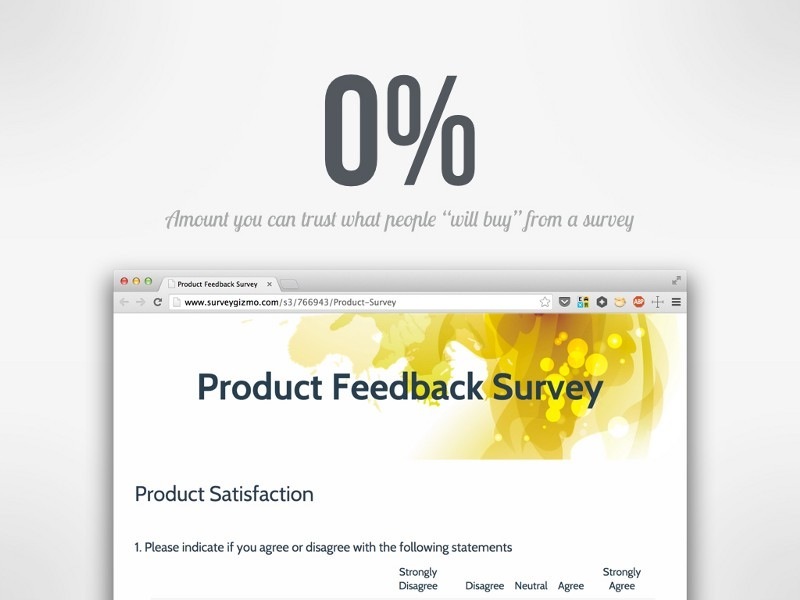
The results of the polls, the purpose of which is to find out “will someone buy my product”, can be very far from the truth.
When it comes to testing on the market, polls are valued just like the paper on which they are printed (0% use). The only way to check if someone will buy your product is ... attention: start selling it!
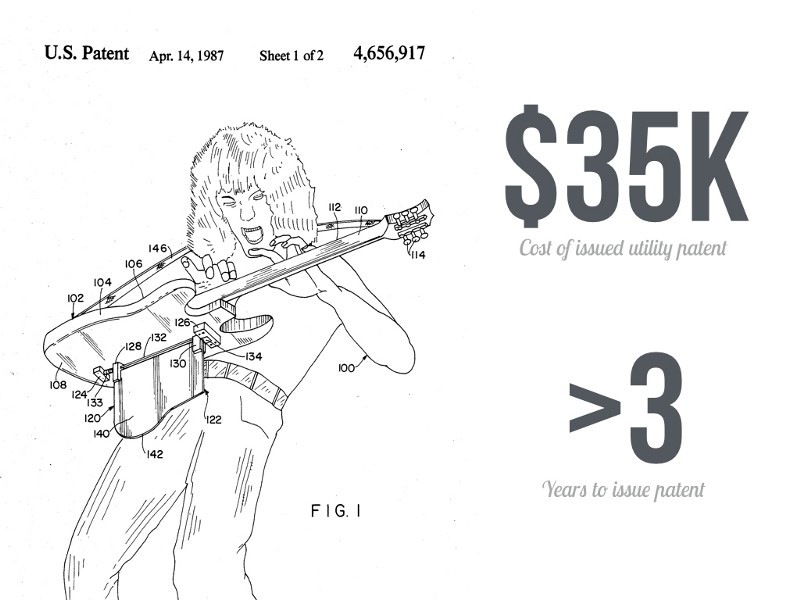
Objectively the best patent drawing in the world (Eddie Van Halen with his guitar, patent No. 4656917)
For some reason, the founders of hardware companies have an unusual tendency to apply for a patent right after they have a new idea. In most cases, this is just a waste of effort, time and money.
Patents can play an important role at certain stages of product development or in the development of a certain kind of technology, but almost always it is better for founders to spend tens of thousands of dollars, which on average go to one patent, and more than three years to get it, for something other (for example, the salary of employees, product production).
 Announcement:
Announcement:December 15 from 10.00 to 19.00 in the IIDF City Hall will host the conference "Smart Health".
The purpose of the conference is to tell startups about the needs and plans of the largest market players in new technologies and software products.
The issue of interaction between startups and big business will also be separately discussed.
We invite industry representatives, investors, startups and everyone who is interested in healthcare in Russia.
PS With upcoming FRII events in the regions, click here .
